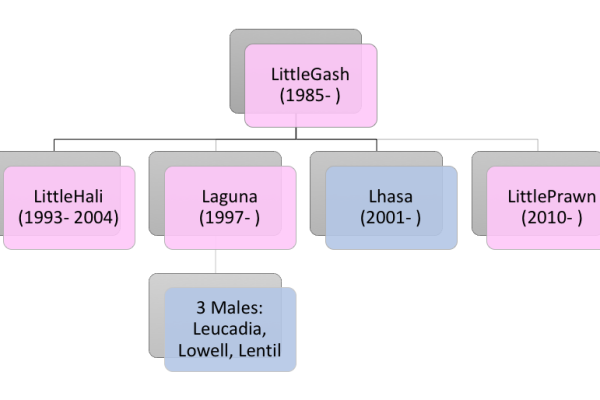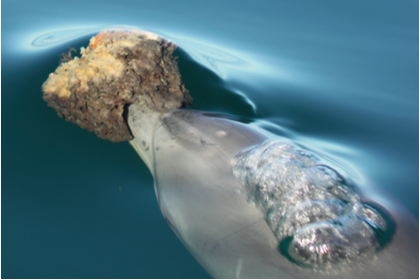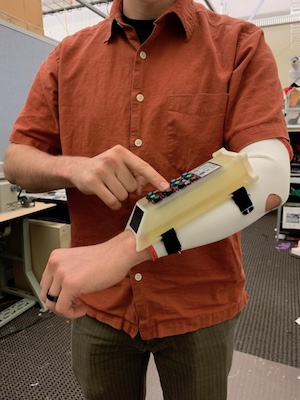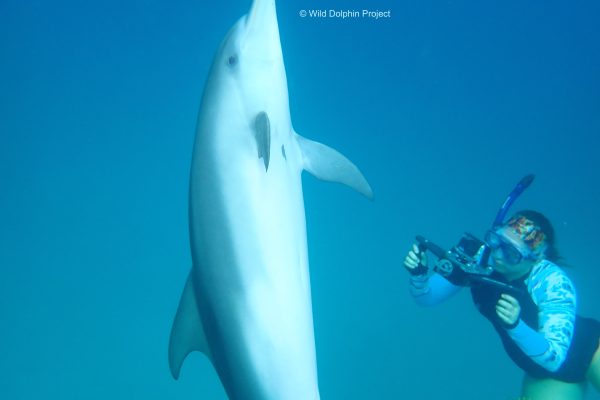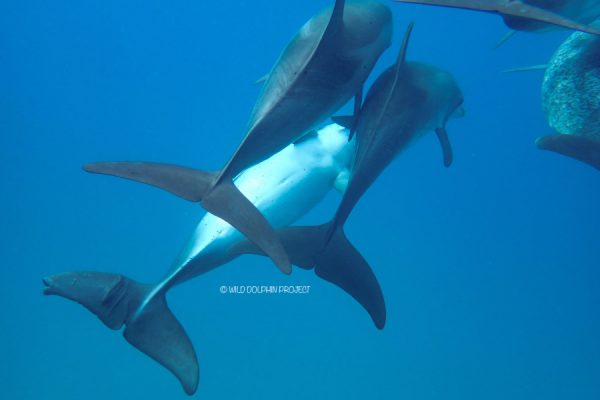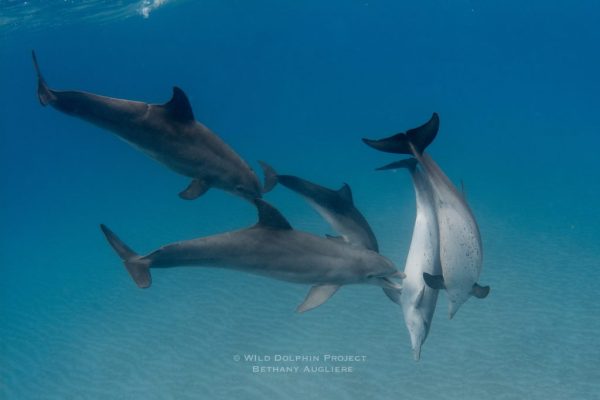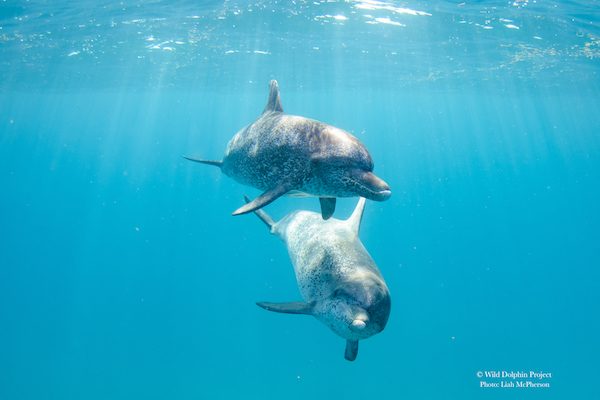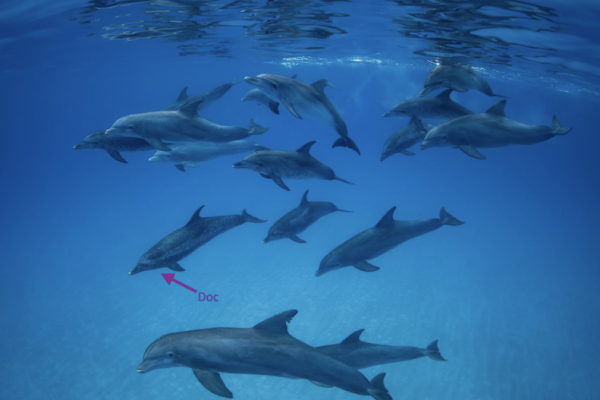Dolphin Research: Studying Family Trees
At the Wild Dolphin Project, we track individual animals throughout their entire lives and their family trees — who is related to who. Knowing how animals are animals are related allows us to understand more about their social structure, behavior, communication and more. On addition to our formal database, on
Dolphin Smarts. How Intelligent Are Dolphins?
Are dolphins smart? It’s a question we hear often. But what does it mean to be intelligent, and how can we measure sure it? Understanding animal cognition — the mental abilities of non-human animals – is a broad and complicated field. Generally, intelligence can be defined ability to learn and
Amazing Whale and Dolphin Record Breakers
What’s the largest dolphin in the world? How about the smallest? What whale can hold it’s breath the longest. Read on to find out! Whales, dolphins and porpoises make up a specific group of marine mammals called Cetaceans, and there are around 90 species. The word cetacean comes from the Latin
Dr. Cindy Elliser Returns!
This summer we had Dr. Cindy Elliser return to the R/V Stenella after 13 years away. For those of you who don’t know Cindy, she was with us at Wild Dolphin Project for 10 years as a research assistant as well as both a master’s student and doctoral student at
Research update
Why is everyone suddenly trying to decode animal communication? You may have seen the headlines “Machine learning attempts to decode sperm whales” and “The animals are talking. What does it mean?”. Why now? And how? The answer is really pretty simple. Suddenly we have new and powerful computer tools, machine
Meet the Team: Hayley Knapp
Meet Hayley Knapp, research assistant for the Wild Dolphin Project. Hayley Knapp grew up in Wichita, Kansas and water has always been an important part of her life, whether it was beach vacations, sailing on the lake, or competitively swimming. She in fell in love with dolphins when she was
2023 Trip 7
Trip 7: the final trip of the 2023 season! We were thrilled to be back out in the Bahamas for the last trip of the summer, and even more excited to have our colleague Dr. Cindy Elliser of PacMam joining us! It has been over 10 years since she’s been
Research from the Sky: Drones and Dolphins
We’ve got new research out, in the journal Southeastern Naturalist. Our team analyzed drone video footage to help document the first-known case, to our knowledge, of two species of dolphins interacting off the Southeast coast of Florida, which highlights the value of drones in helping scientists collect previously-unavailable data, including
Updates on Lamda
In September 2018 a male Atlantic spotted dolphin named Lamda, who we’ve known since 2013 as a young juvenile, stranded far from his home in Bimini. He was rehabilitated in an Animal Rescue Centre in the Bahamas, where they looked after him until he was recovered and ultimately, released back
Animal Behavior: interspecies versus intraspecific interactions
In the Bahamas, the Wild Dolphin Project led by Dr. Denise Herzing, studies both the common bottlenose dolphin (Tursiops truncatus) and the Atlantic spotted dolphin (Stenella frontalis), who coexist on the sandbank. This means they are sympatric — occurring within the same geographic range. While the two species eat

